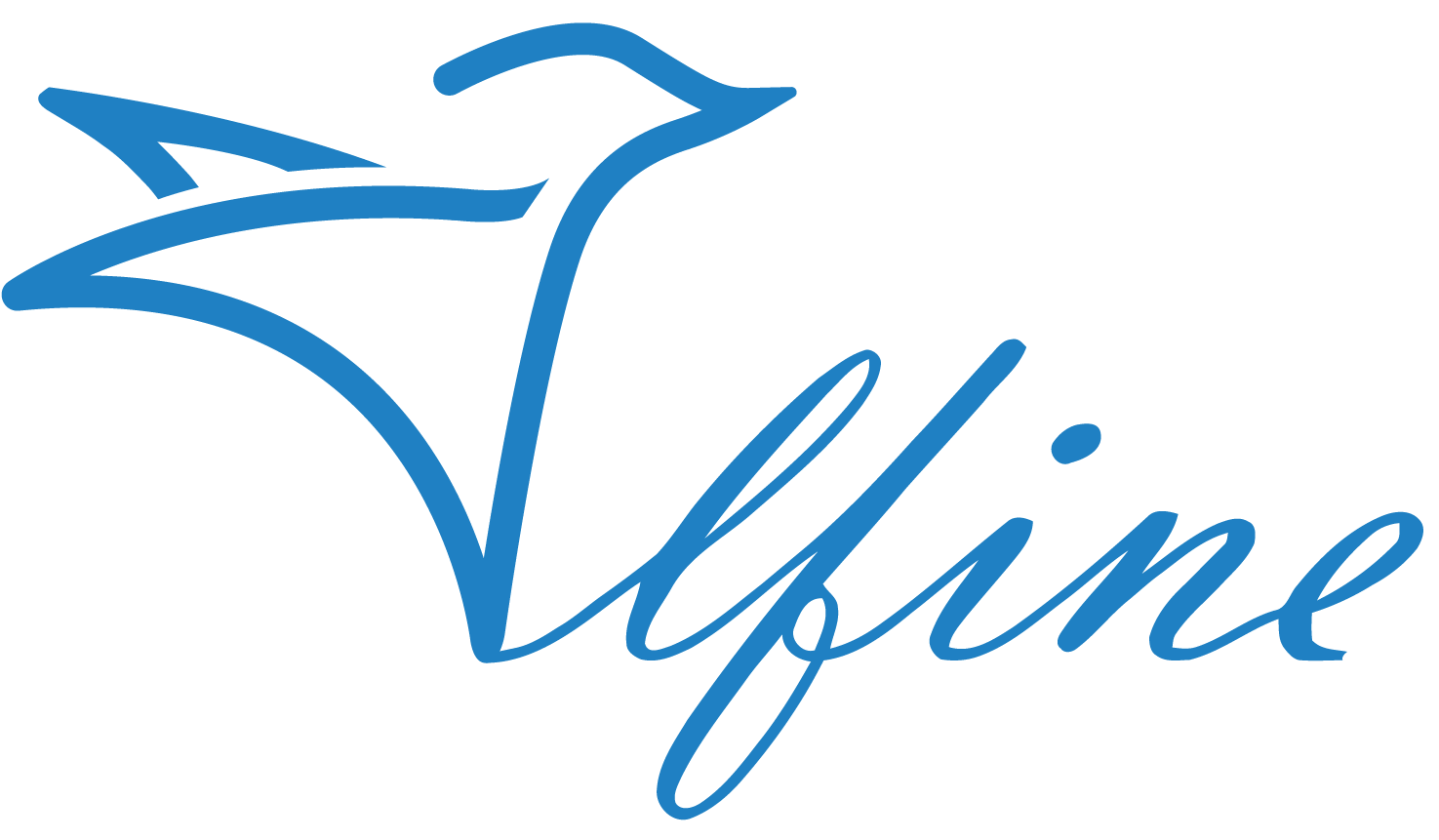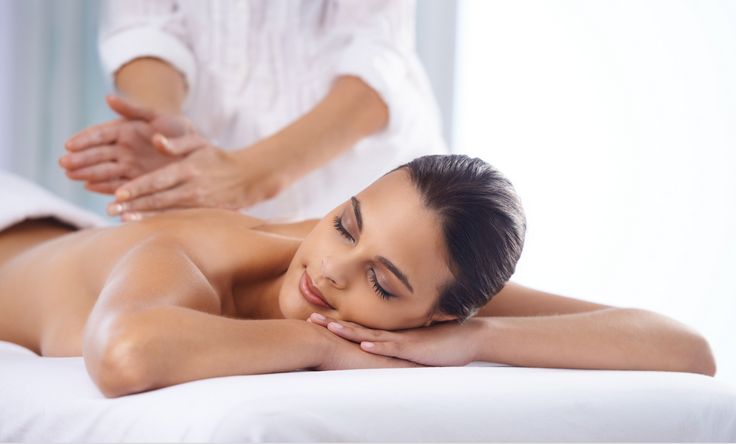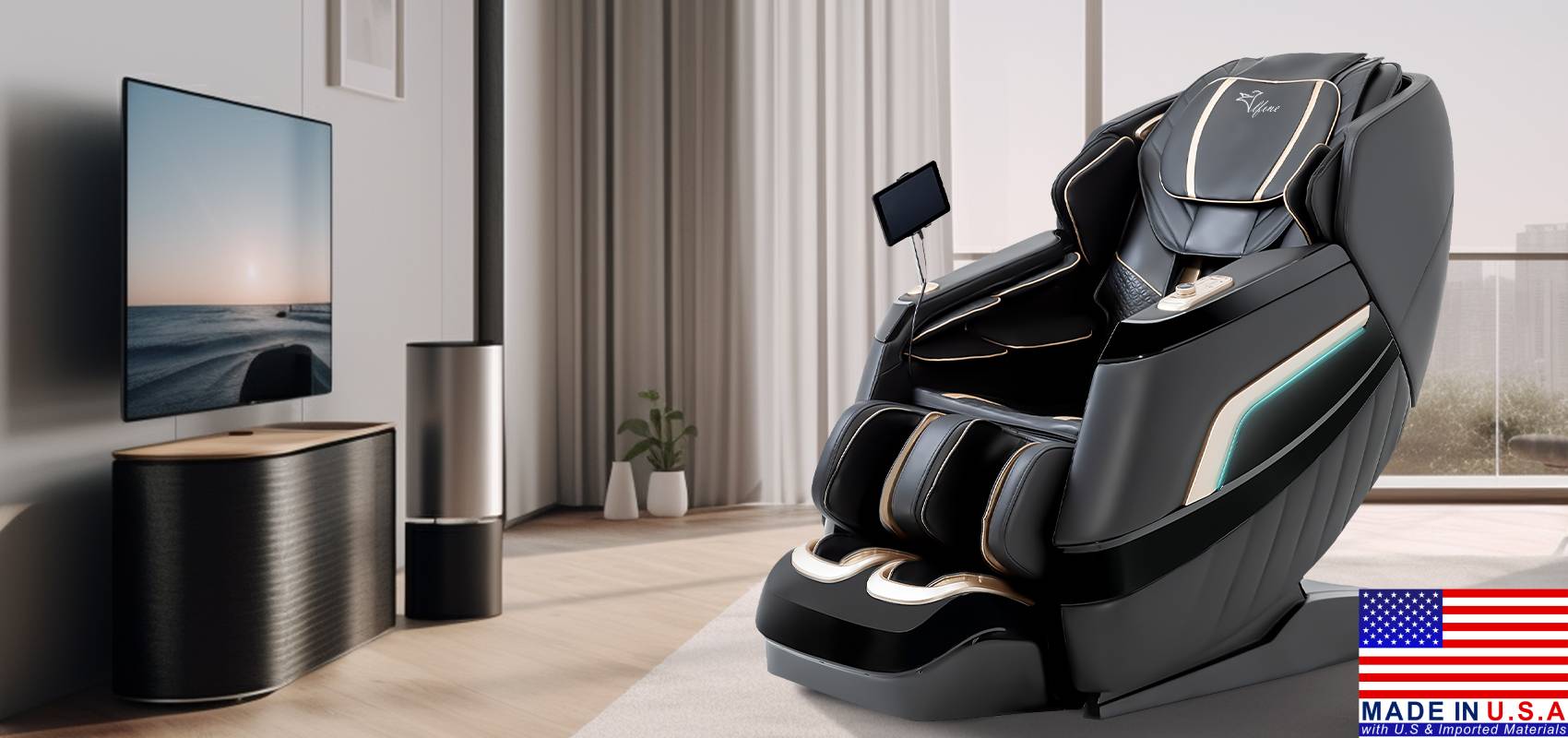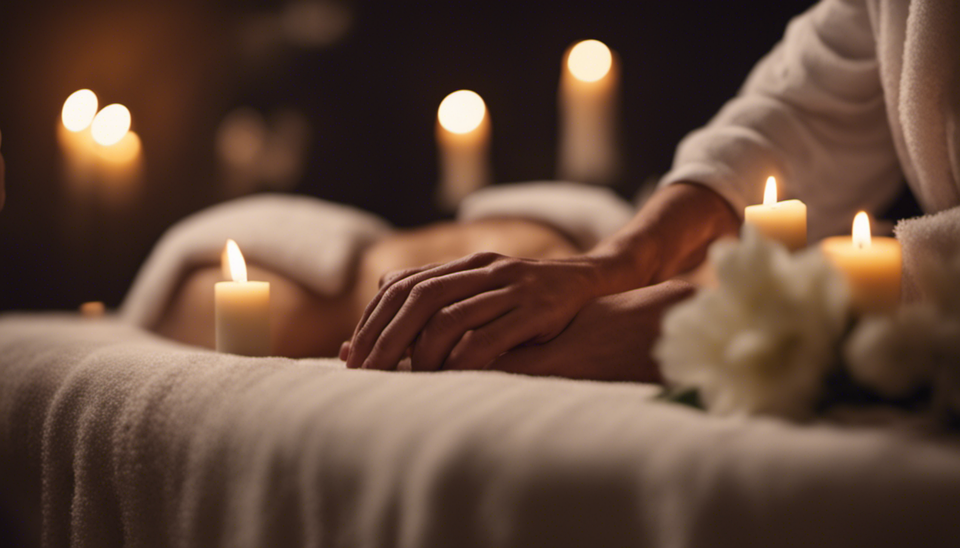In exercise science, “Passive Exercise” is defined as:
Body movements driven by external force without active muscle contraction.
Common examples include,
Continuous Passive Motion (CPM) machines used in rehabilitation.
Therapists guiding limb movements in clinical care.
Massage: through external pressure, stretching and rolling, muscles, fascia and joints are passively mobilized.
Therefore, massage is not merely relaxation, but a scientifically recognized form of “Passive Exercise”.
Scientific values of Massage as Passive Exercise:
1. Improves Circulation — Emory University cancer research (2015, Winship Cancer Institute) demonstrated that regular massage significantly improves blood and lymphatic circulation; Harvard Men’s Health Watch (2019) reported that blood flow enhancement after massage can last up to 72 hours.
2. Reduces Inflammation — Harvard Wyss Institute experiment (2021, Science Translational Medicine) showed that massage-like mechanical stimulation reduces inflammatory cell infiltration and accelerates muscle repair; McMaster University research by Mark Tarnopolsky (2012, Science Translational Medicine) confirmed massage reduces
inflammatory factors and promotes mitochondrial function.
3. Enhances Neuromuscular Perception — Randomized controlled trial by Dr. Mark Rapaport at Emory University (2010, Depression and Anxiety) demonstrated massage significantly improves anxiety and enhances neuromuscular feedback.
4. Delays Muscle Loss — NIH and NIA (2010s–2020s clinical reviews and guidelines) highlighted massage and passive exercise as important non-pharmacological interventions to delay sarcopenia and functional decline in older adults.
Logical chain:
Massage = Passive Exercise → Circulation ↑ → Nutrient Supply Improved → Inflammation ↓ → Neuromuscular Feedback ↑ → Vitality ↑ → Delayed Muscle Loss
International Research Evidence
1. Harvard University 🇺🇸 (USA)
- Year: 2021 (Wyss Institute, published in Science Translational Medicine)
- Topic: Massage-like mechanical stimulation accelerates injured muscle repair
- Content: In mouse models, mechanical compression reduced inflammatory cell infiltration,
accelerated muscle fiber regeneration, and promoted stronger recovery.
- Supplement: Harvard Health Publishing (2019–2022) articles reported massage alleviates pain and stress;
Harvard Men’s Health Watch (2019) showed blood flow improvement lasting up to 72 hours.
2. Emory University 🇺🇸 (USA, Atlanta)
- Year: 2015 (Winship Cancer Institute, published in Cancer)
- Topic: Massage reduces cancer-related fatigue in breast cancer survivors
- Content: Six weeks of Swedish massage resulted in significantly lower fatigue scores,
improved circulation and better quality of life.
- Year: 2010 (Department of Psychiatry, Dr. Mark Rapaport, published in Depression and Anxiety)
- Topic: Massage as treatment for Generalized Anxiety Disorder (GAD)
- Content: RCT showed massage group significantly improved anxiety and depressive symptoms from the 5th session onward.
3. McMaster University 🇨🇦 (Canada)
- Year: 2012 (published in Science Translational Medicine)
- Topic: Molecular effects of massage after exercise
- Content: Massage downregulated inflammatory pathways (NF-κB) and upregulated genes related to mitochondrial
biogenesis, supporting muscle health at the cellular level.
4. NIH / NIA 🇺🇸 (National Institutes of Health / National Institute on Aging, USA)
- Year: 2010s–2020s (ongoing reviews and clinical guidelines)
- Topic: Massage and passive exercise in aging and rehabilitation
- Content: Emphasized as non-pharmacological interventions to improve pain, sleep, anxiety and delay muscle loss
(sarcopenia) in aging populations.




Leave a comment
This site is protected by hCaptcha and the hCaptcha Privacy Policy and Terms of Service apply.